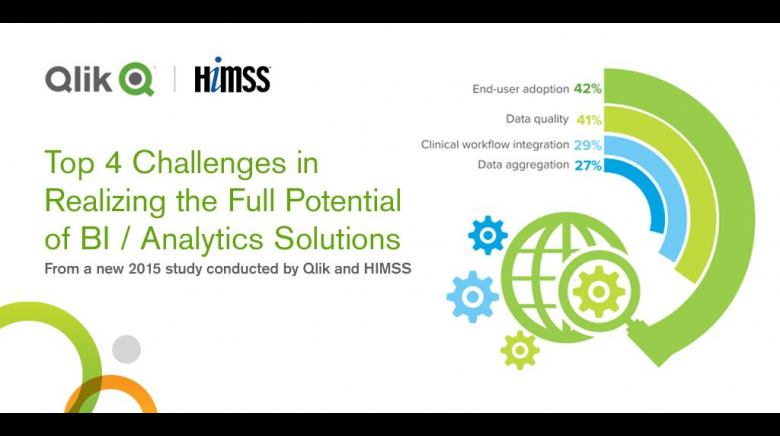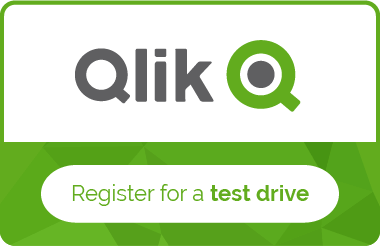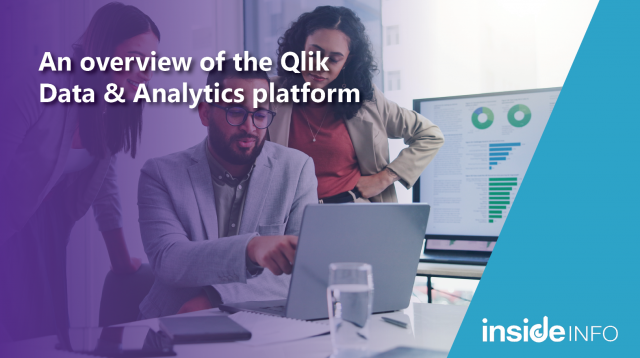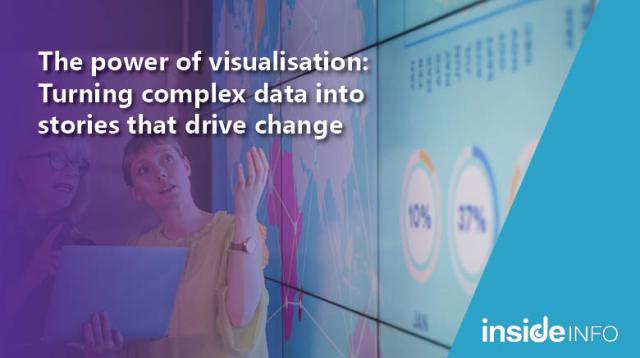
A new research report just released by HIMMS Analytics & sponsorsed by Qlik reveals adoption and deployment of user-centric BI and analytics platforms are key to uncovering unknown relationships among wide-ranging sources of information across the industry. The study, which surveyed 400 respondents, including C-suite, vice president, and director level contacts confirms implementation of and utilisation of business intelligence (BI) and analytics platforms result in better decision-making across all segments of a healthcare organisation. With four key areas explored - level of maturity across a variety of use cases, value that has been realised from current initiatives, challenges experienced from current deployments, and future investment plans in healthcare analytics - the survey revealed that BI and analytics platforms provide better internal transparency for easy recognition of clinical and operational efficiencies which can lead to reduction in the average length of stay and higher patient satisfaction.
If you want to see the results in detail and check out Qlik Sense, you can interact with a custom Qlik Sense web app built on the HIMSS Analytics survey data: http://webapps.qlik.com/himss/himss.html
Utilising the Right Platforms Lead to Widespread Success
According to the study, 56% of healthcare organisations that are the early adopters of BI platforms improve overall patient care, significantly reduce healthcare costs, while meeting reporting requirements and driving new opportunities to enhance population health.
In addition, 48% have confirmed they are able to make faster and more accurate decisions, while 47% believe the use of BI and analytics platforms result in cost saving.
Overcoming Challenges
As the study proves, BI and analytics platforms enhance abilities for healthcare organisation executives to see what is actually happening within their organisation across all departments, however implementing a BI and analytics platform doesn't come without challenges.
- Among the top barrier to healthcare organisations fully realising the potential of BI and analytics platforms (with 42% responding) is end-user adoption. When combining the lack of data quality (41%) and challenges related to aggregating disparate data sources (27%), decision-makers are left relying on outdated spreadsheets and manual processes to analyse data.
- In addition, limitations of clinical workflow integration (29%), dashboard capabilities (27%), reporting capabilities (26%), cultural resistance (22%) and solution integration (20%) all contributed.
"Utilising a modern and contemporary BI and analytics platform provides real-time data that is simple for self-service use, as it removes the guess work by the end-user and increases adoption," said John Hoyt, executive vice president HIMSS Analytics. "With 42% of those surveyed reporting that a hiccup in leveraging BI and analytics platforms is end-user adoption, it is imperative that healthcare organisations implement a system that is user-centric and has the ability to provide quick access, analysis and dissemination of information. This enables healthcare organisation executives to make operational improvements, improving overall patient care and efficiency."
Unlocking Further Value from BI and Analytic Deployments
As the value of BI and analytics tools become more widely understood among decision makers, healthcare organisations are seeking investments that unlock additional value. Integrating BI and analytics solutions with existing applications and systems is a top investment priority with 36% of respondents citing further investment during the next 12-24 months. Dashboard development and predictive analytics were two other top investment priorities with 36% and 31%, respectively. Interestingly, end-user training was cited as an investment priority by 18% of respondents.




